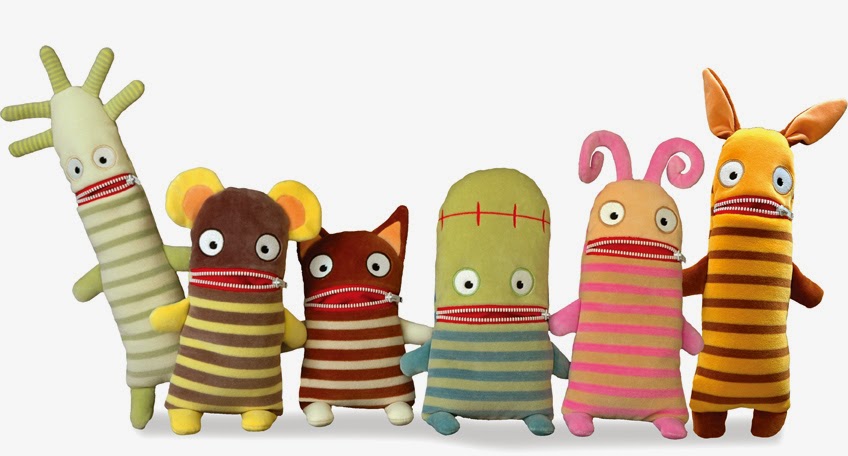Mindful Emotional Regulation
>> Exploding BalloonPart of my responsibilities as a child life specialist is being able to identify the source of children’s angry emotions and find appropriate outlets for emotional expression in cases where children are externalizing their anger (i.e., being destructive, acting out physically or verbally) or internalizing anger (i.e., being withdrawn, non responsive). Teaching children why both of these coping styles are unproductive is an essential FIRST step in to helping to learn mindful techniques to manage anger.
Here is one activity, called the “Exploding Balloon” that I
have used successfully with children of all ages to:
(a) Understand how holding anger inside can lead to destructive feelings and behaviours, and
(b) learn, practice and implement appropriate strategies for expressing anger.
* DISCLAIMER – Latex
allergies among children are infrequent but it is advised to always check
beforehand. Also, while part the original activity involves blowing air into a
balloon until it pops, for safety considerations, I DO NOT recommend this under
any circumstances. Instead, I discuss two safe alternatives I have used
successfully.
-------- Activity: [[Exploding Balloon]]
Materials:
-
Balloons (two for each participant) – red and yellow
- Safety glasses
- A tack
- A large sheet of paper, marker, tape
PART 1: Holding onto Anger – Unhealthy Coping
BEGIN: Begin by giving the child two balloons. Ask them to
draw an angry face on the red one and a happy face on the yellow balloon. It is
advised to provide safety glasses to each person present to avoid injury when
the balloon is popped by the adult facilitator.
 ACTIVITY: Ask the child to think about a time when they felt
angry (feel free to personalize part of the activity to the particular child
you are working with). Reiterate that the child is to only think about
situations in which he/she felt angry and NOT talk about the scenario or their
angry feelings at this point in the activity. Ask the child, instead, to blow
their angry feeling into their red balloon. Continue to ask the child to think
of another time when they felt angry and blow those angry feelings into the
balloon.
ACTIVITY: Ask the child to think about a time when they felt
angry (feel free to personalize part of the activity to the particular child
you are working with). Reiterate that the child is to only think about
situations in which he/she felt angry and NOT talk about the scenario or their
angry feelings at this point in the activity. Ask the child, instead, to blow
their angry feeling into their red balloon. Continue to ask the child to think
of another time when they felt angry and blow those angry feelings into the
balloon. ACTION: Eventually, the balloon will be come very inflated.
At this stage, point out how big the balloon as gotten and how angry it looks.
It is here that I ask to hold the balloon as I point out how large it is and discreetly
pop it using a tack a distance away from others. Alternatively, you can let the
balloon go and watch it go out of control. (i.e., discuss the necessity of
exerting control over or managing their anger so they do not go out of control
like the balloon).
ACTION: Eventually, the balloon will be come very inflated.
At this stage, point out how big the balloon as gotten and how angry it looks.
It is here that I ask to hold the balloon as I point out how large it is and discreetly
pop it using a tack a distance away from others. Alternatively, you can let the
balloon go and watch it go out of control. (i.e., discuss the necessity of
exerting control over or managing their anger so they do not go out of control
like the balloon).
DISCUSSION: Facilitate a discussion by asking the child why
they think the balloon exploded? What happens when you hold onto angry feelings
for too long? How does it make you act? If you have let the balloon go instead
of popping it, discuss the necessity of exerting control over or managing their
anger so they don’t go out of control like the balloon.
* Please make certain to dispose the pieces of balloon
immediate if they are popped so they do not pose a choking hazard.
PART 2: Healthy Coping
BEGIN: Begin by giving the child the yellow balloon.
ACTIVITY: This time ask the child to again think about a
time when they felt angry and start to blow the angry feeling into their
balloon. Once the balloon has been filled with some air, have the child STOP
and TALK about their angry feelings.
ACTION: As they talk about their anger, have them release
the air from the balloon a little at a time.
DISCUSSION: Once the balloon is deflated, ask the child, “what
is different about what you are doing this time?” Here, you can help them see
that if the balloon is filled with air that is then released, it will not
explode.
Ask the child what they can do to stop themselves from
exploding when they feel angry. Write these coping strategies on a sheet of
paper. If they are having difficulty, think of ideas or offer suggestions such
as:
- Talking to someone about your feelings
- Thought stopping or thought replacing
- Listening to music
- Slowly counting
backwards from 10
- Deep or Belly breathing until your body becomes
relaxed
- Thinking about happy memories
- Visualize a stop sign
Once the list of coping strategies have been made, have the
child choose their top 3 favourites and practice the strategies to ensure it
becomes more automatic and he/she is able to implement it well.
Thanks for taking the time to read!
<3.
"Never teach children not to be angry, but teach them how to
be angry."
References:
Activity adapted by me from Child Life techniques (no real
source).
Image Sources:









































